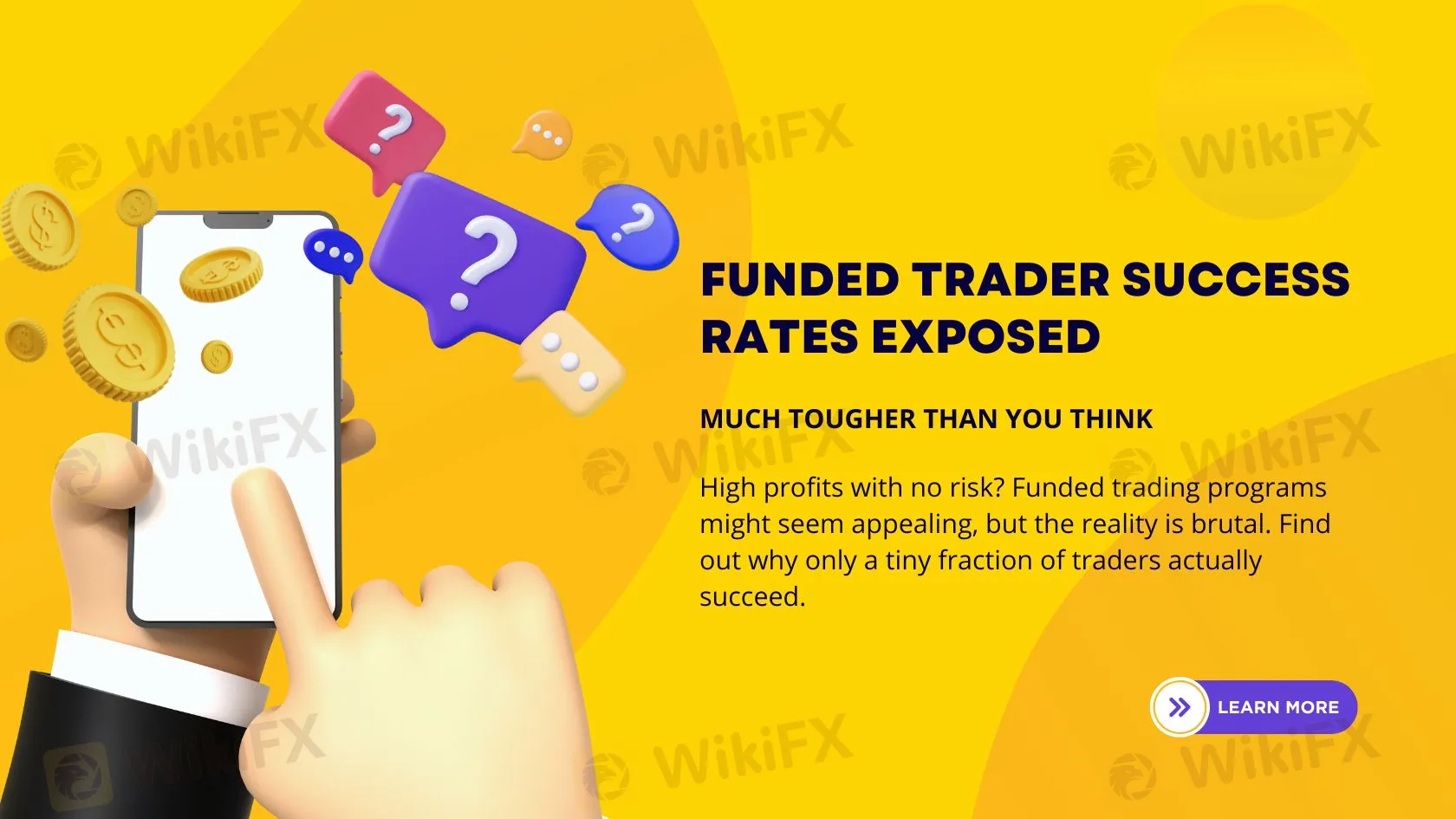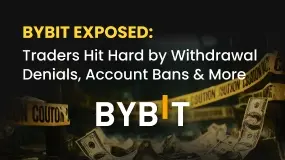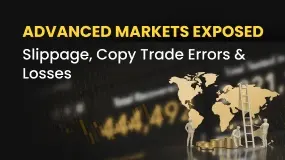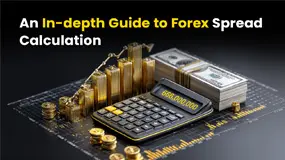简体中文
繁體中文
English
Pусский
日本語
ภาษาไทย
Tiếng Việt
Bahasa Indonesia
Español
हिन्दी
Filippiiniläinen
Français
Deutsch
Português
Türkçe
한국어
العربية
Funded Trader Success Rates Exposed: Much Tougher Than You Think
Abstract:High profits with no risk? Funded trading programs might seem appealing, but the reality is brutal. Find out why only a tiny fraction of traders actually succeed.

In recent years, funded trader programs have gained immense popularity among aspiring forex traders. These programs offer a seemingly attractive opportunity: trade with large capital without risking your own money. On the surface, it appears to be a win-win situation, as traders only need to prove their skills through a challenge to secure funding from a proprietary trading firm (prop firm).
However, the reality is far from glamorous. Behind the promises of capital and potential profits lie strict rules, high upfront costs, and daunting success rates that traders must navigate. Understanding how these programs actually work and the real chances of success is crucial for anyone considering joining.
The Real Rules of the Game
The basic concept of a funded trader program is that traders pay an entry fee to participate in a challenge or evaluation. These fees vary widely, from as low as $50 to over $1,000, depending on the funding level and trading capital offered. Generally, higher entry fees correspond to larger funding opportunities.
Traders are typically given a simulated trading account to demonstrate their ability to meet profit targets while adhering to stringent risk management criteria. These criteria often include:
• Profit Targets: Achieving a specific percentage gain, often ranging from 5% to 10% within a set period.
• Drawdown Limits: Maintaining losses below a specified percentage, typically around 5% to 10%.
• Time Constraints: Completing the challenge within a defined timeframe, often 30 to 60 days.
What makes the challenge even tougher is that some programs have multi-stage evaluations. Traders might pass the first round only to face an even stricter second round. Success at both stages is required to secure a funded account.
High Fees, Low Rewards
One of the most overlooked aspects of funded trader programs is the sheer cost involved. Entry fees can add up quickly, especially if a trader repeatedly fails challenges and has to reapply. Moreover, even successful traders often find that the payout ratios are not as lucrative as they initially seemed.
In many cases, firms offer profit splits ranging from 50% to 80%, but the reality is that only a small percentage of traders ever see those profits. Even after securing funding, maintaining the account is another challenge, as traders must consistently meet profit targets without exceeding drawdown limits.
Success Rates: The Grim Reality
Despite the attractive prospects, the truth is that very few traders actually succeed in funded programs. Industry data reveals that pass rates for initial evaluations range from 5% to 10%. However, even among those who do secure a funded account, maintaining profitability is a daunting task.
According to aggregated statistics, only about 20% of funded traders receive any payouts at all, and only 1% to 2% of total participants ultimately make money. This means that out of 100 traders who start the process, merely one or two will see actual returns.
Additionally, some traders report waiting months or even years to receive their payments, as firms often delay payouts due to “administrative” or “evaluation” issues.
Final Thoughts: Know What You‘re Getting Into
While the idea of trading with someone else’s capital sounds appealing, the reality is that the pathway to profitability is riddled with obstacles. With high entry fees, low success rates, and unpredictable payouts, aspiring traders must weigh the risks carefully before committing.
Before diving into any funded trader program, take the time to research the firm, read reviews from real users, and understand the payout structure. Only by approaching the challenge with realistic expectations and diligent preparation can you improve your chances of success.
Disclaimer:
The views in this article only represent the author's personal views, and do not constitute investment advice on this platform. This platform does not guarantee the accuracy, completeness and timeliness of the information in the article, and will not be liable for any loss caused by the use of or reliance on the information in the article.
Read more

Bybit Exposed: Traders Hit Hard by Withdrawal Denials, Account Bans & More
Is your forex trading experience with Bybit far from ideal? Do you continue to face withdrawal denials? Does Bybit ban your account without any reason? Have you failed to receive the reward on winning the trading challenges? We must say, you have made the wrong move by partnering with Bybit, which has been scamming traders. In this article, we will share multiple complaints that traders have made against the scam forex broker. Keep reading!

Advanced Markets Exposed: Slippage, Copy Trade Errors & Losses
Have you made profits using the copy trade strategy implemented by Advanced Markets? But did the withdrawal stop as the company cited questionable trades? Have you failed to receive any email from this broker regarding the investigation it claimed? Are high slippages and trade losses regular with Advanced Markets? These are nothing but scams. Many traders have openly criticized the UK-based broker for these suspicious forex trading activities. In this article, we will share trader comments against the broker. Keep reading!

SimpleFX Scam Alert: Here’s Why You Should it?
While you are free to choose the broker that suits your needs, it is crucial to remain cautious during the selection process. Many brokers may appear genuine at first glance, but in reality, they operate fraudulently. SimplyFX is one such broker that raises serious concerns. Read this article to understand why we consider SimplyFX to be a potential scam broker.

An In-depth Guide to Forex Spread Calculation
While the calculation of the forex spread (the difference between the exchange rate at which a forex broker buys and sells the currency) is simple, yet some of us are left confused. To make it clear, we have come up with calculation and realistic examples to make you understand it better. Read on!
WikiFX Broker
Latest News
European leaders to join Zelensky at White House meeting with Trump
Where is ThinkMarkets Broker Licensed to Operate?
Plus500 Launches $90 Million Share Buyback Programme
BlackBull Markets and CopyTrade Market Formalise Integration
IG Japan Ends Discount Program on Aug 17
Strongest Level for MYR Coming Soon?!
Trader in Thane Duped of ₹4.11 Cr in Online Scam
Bybit Exposed: Traders Hit Hard by Withdrawal Denials, Account Bans & More
Fraud Alert: FCA Warns Against 10 Unlicensed Brokers
An In-depth Guide to Forex Spread Calculation
Currency Calculator


